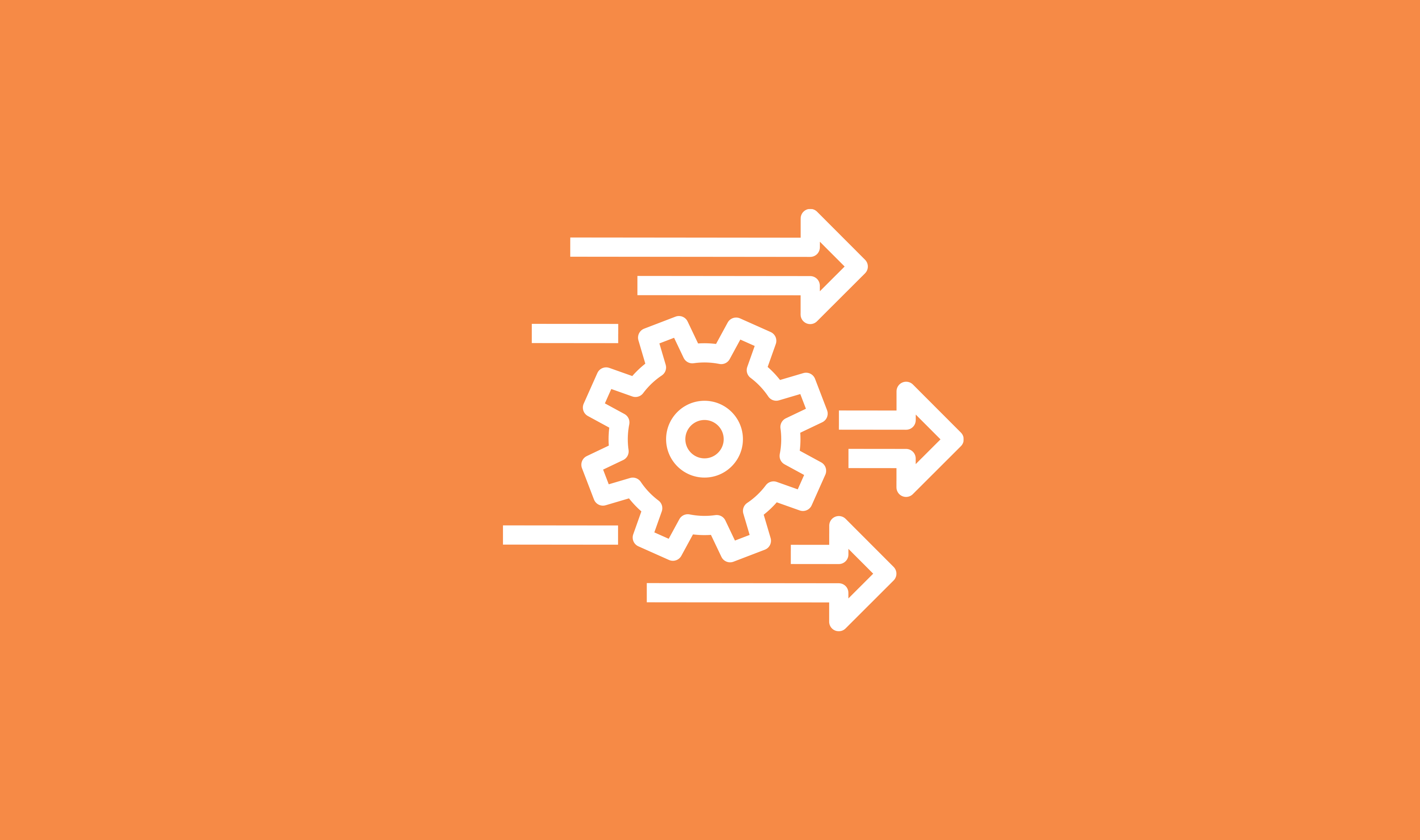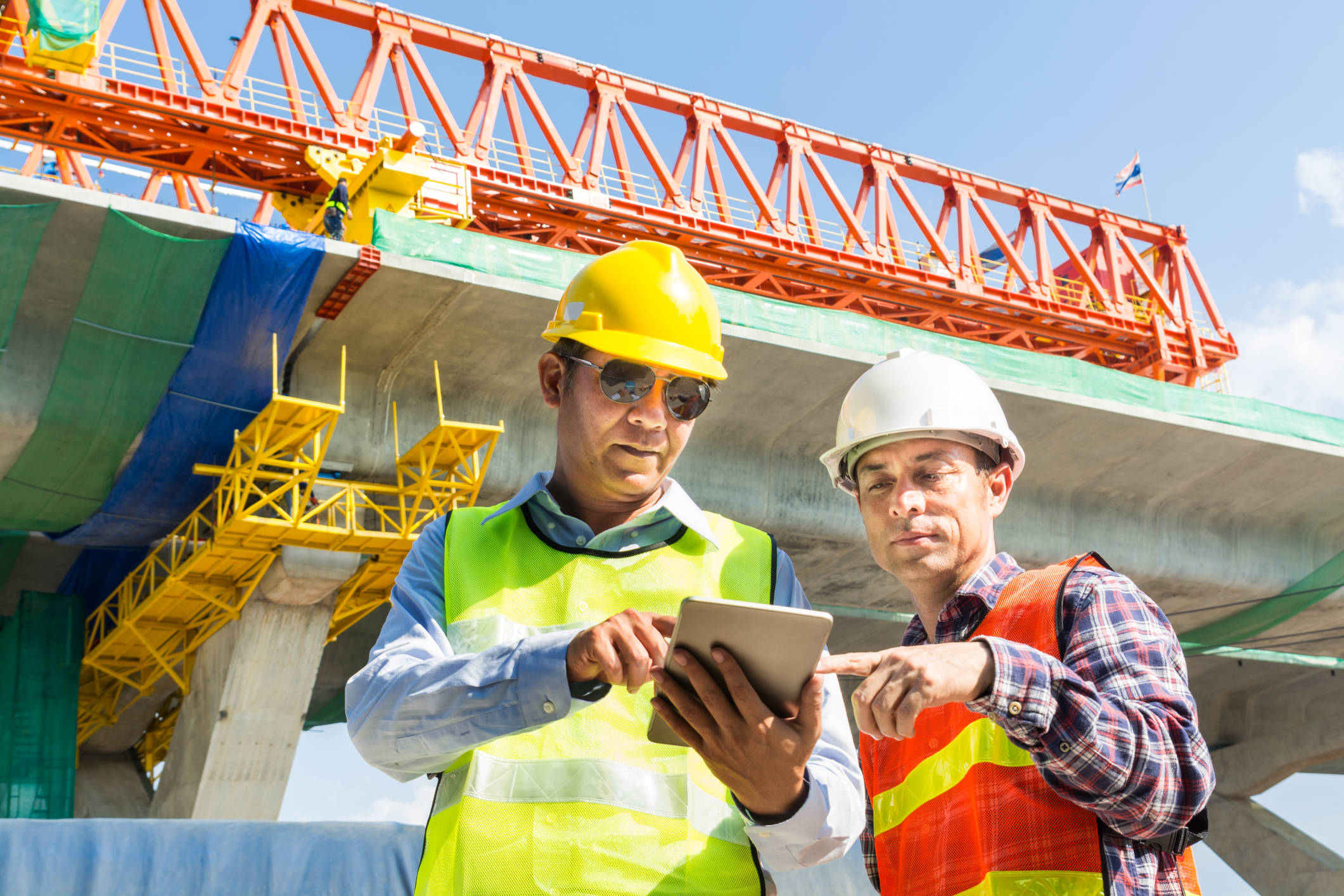How many near misses, or cuts, bruises or scrapes have you suffered on the job? Well, according to the Bureau of Labor Statistics, construction laborers have some of the highest rates of injuries commonly stemming from fatal and nonfatal falls from ladders and scaffolding, burns from chemicals or equipment, and exposure to harmful materials, fumes, or odors. We're sure you not only know the stats, but you've lived them. So why are we talking to you about something you know all too well? Because technology is finding ways to help keep you safe in the most dangerous jobs.
Have you heard about wearables?
Safety wearables are growing in popularity as they carry strong statistics proving their positive effect in the workplace. Suiting up with some of this wearable tech can provide comfort and safety while on the job. Here's our latest top six favorite safety accessories:
Cooling Vests
Previous studies have shown that construction workers are 13 times more likely to die from heat-related illness resulting from strenuous work in a changing climate. Along with plenty of water, weather- appropriate clothing is essential. A cooling vest typically contains a fluid cooling system. Many also contain a department for cool water, along with a mini pump to drink from. These cooling vest could potentially save someone's life when used in a vulnerable climate. Choosing the right cooling vest can provide a cool, lightweight, safety wearable.
Heated Jacket
Sometimes layering up isn't enough to make working in extremely cold temperatures comfortable. Heated jackets are certainly not something new to the construction environment. With that being said, these jackets are improving over time, containing battery packs that may last up to 8 hours. They are also becoming more convenient and may be capable of being charged in your car while taking a break. Keeping your body temperature regulated in extreme temperatures is essential to your health and how well you perform on the job, keeping all aspects of safety in check.
Biometric Sensors
Biometric sensors are capable of performing life saving actions and come in several different variations depending on the need of the job. Some include:
Spot-R Clips
Spot-R Clips are the future of job sites: alerting supervisors of slips, trips, and other injuries. Spot-R clips are surely foreseen to be the safety wearable of the future. This unique tool identifies the amount of workers on a job site at any given time. The built-in gyroscope can alert supervisors if a worker has fallen, tripped, or got injured in any other way. As long as the worker pushes a button to alert the supervisor, the supervisor will be notified or their location and will be able to attend to their injuries quicker. This tool is also capable sending out site-wide evacuations, if necessary.
Redpoint
Redpoint sensors contain a monitor to determine a worker's exposure to hazardous materials. Along with similar features included in the Spot-R Clips, Redpoint also contain a hazardous-materials monitor and a tracking asset that allows supervisors to track tools, equipment, materials and workers.
Strongarm
Strongarm can warn a worker if they are bending incorrectly or lifting something too strenuous. Back injuries are prevalent in construction work and by applying the strong arm posture pad, workers are significantly decreasing their risk of injury. This pad includes an adjustment setting based off of the worker's height and weight.
Illumagear-The Halo
With this new tech safety wearable, construction workers can now see and be seen at all times. The Illumagear includes a task light and allows the worker to see from 360-degree angles. This tool fits easily on a hard hat and is the perfect tool for high-elevation jobs.
These top construction wearables ensure that safety is the top priority all around.
These products cover all the bases when it comes to construction safety tools. Finding the right safety wearables also consist of purchasing from a well-established company known for their proven safety gear. But as you know, safety gear alone is not enough to prevent injuries. Along with the correct safety precautions and limits, they can prevent unneccesary and debilitating accidents from occurring on the job.




